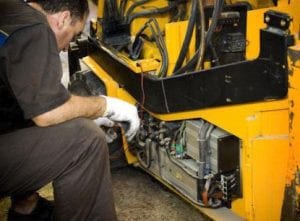Most well-structured companies have established their Key Performance Indicators (KPI) and 

Customers Care About KSIs
Here is a field service example; Service departments measures how their technicians post their time on 

Classify KPIs and KSIs
If a benchmark can be classified as both a KPI and a KSI, then that measurement should take on a high priority for management. Take for example the First-Time Repair stated above. I believe it should be classified as both. From a customer perspective, it measures how quickly the equipment will be returned to service; that they won’t have to wait for parts, that the technician won’t need additional help, and so forth. From the company’s perspective, it ensures that the technician doesn’t waste additional travel, doesn’t have to disrupt the scheduling because he has to return, and it isn’t adding a lot of non-value added effort from his company while managing this repair.
So, are you willing to separate your benchmarks to improve customer satisfaction and improve profitability? Please share your comments below.



Leave a Reply
You must be logged in to post a comment.